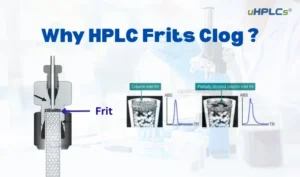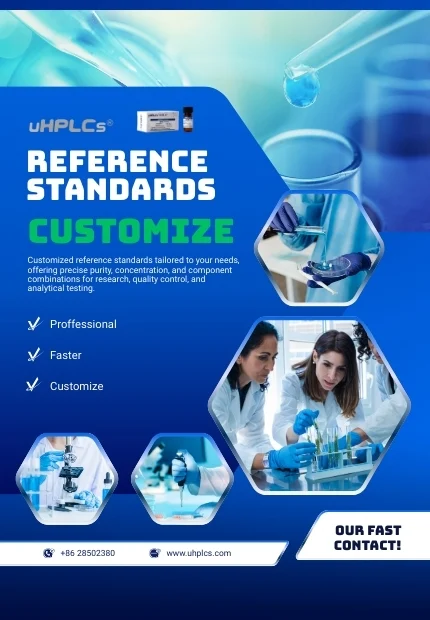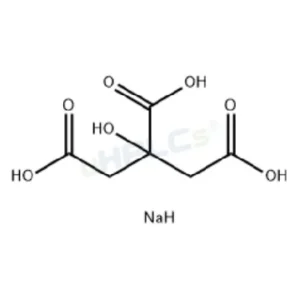
Why HPLC Frits Clog ?
1. Introduction: What Is an HPLC Frit and Why It Matters As you know, In
Home » Fatty Acid Reference Standards
At uHPLCs, we provide high-purity Fatty Acid Reference Standards to support pharmaceutical QC, food and nutrition testing, and advanced research laboratories.
Our portfolio includes saturated fatty acids, unsaturated fatty acids, trans fatty acids, and omega-3/omega-6 compounds, delivering accurate and reliable calibration for HPLC, GC-MS, and LC-MS workflows.
Each reference standard comes with a Certificate of Analysis (CoA) and full traceability documentation to meet global regulations such as USP, EP, ISO, and GMP.
From validating supplement claims to testing raw materials and supporting metabolic studies, our solutions help laboratories maintain precision, compliance, and consistency.
We provide a wide selection of reference standards, including:
In addition, we also offer custom preparation services to meet unique project needs, ensuring every reference standard delivers dependable performance.
Get Expert Guidance and Customized Solutions for Accurate Reference Standards

uHPLCs provides a comprehensive portfolio of reference standards, covering:
This wide coverage reduces the need to source from multiple suppliers, ensuring consistency, reliability, and efficiency for laboratories and research facilities.


This flexibility makes uHPLCs an ideal partner for academic labs, pharmaceutical companies, and industrial QC teams.
At uHPLCs, we understand that every laboratory, research project, and industrial application may require unique reference standards beyond standard catalogs. That’s why we provide a tailored Custom Reference Standards Service designed to meet your specific analytical and regulatory needs.

 What We Offer
What We Offer Why Choose uHPLCs Custom Service?
Why Choose uHPLCs Custom Service?




As Follow is Some Frequently Questions People Asked
Fatty Acid Reference Standards are high-purity compounds used as calibration and control materials in analytical testing.
They ensure accuracy, traceability, and regulatory compliance for testing fatty acids in food, supplements, pharmaceuticals, and biological samples.
Importance:
Verify product labeling accuracy for omega-3 supplements and fortified foods.
Support pharmaceutical research and formulation testing.
Enable precise metabolic studies in research labs.
Provide documentation required for FDA, EMA, and ISO audits.
| Industry | Purpose | Example |
|---|---|---|
| Pharmaceutical | Stability testing, drug development | Omega-3 capsule QC |
| Food & Beverage | Label verification | Trans fat compliance |
| Research Labs | Biochemical analysis | Lipidomics studies |
Fatty acid standards are vital for multiple B2B industries:
Pharmaceuticals: Ensure the potency and stability of omega-3 based medicines.
Nutritional Supplements: Validate EPA and DHA concentrations in fish oil capsules.
Food Testing Laboratories: Monitor trans fats and ensure label compliance.
Cosmetic Industry: Analyze fatty acid composition in skincare and personal care products.
Academic Research: Study lipid metabolism and cardiovascular health.
| Industry | Key Fatty Acids Tested | Testing Method |
|---|---|---|
| Supplements | EPA, DHA, ALA | GC-MS, HPLC |
| Food QC | Trans fats, Saturated fats | GC-FID, GC-MS |
| Cosmetics | Oleic Acid, Linoleic Acid | HPLC, FTIR |
| Clinical Research | Arachidonic Acid, Palmitic Acid | LC-MS/MS |
B2B buyers need complete documentation for GMP compliance and regulatory audits:
Certificate of Analysis (CoA):
Purity percentage
Lot number
Expiration date
Analytical method
Material Safety Data Sheet (MSDS):
Storage and handling guidelines
Safety information
Batch Traceability Records:
Required for FDA and ISO inspections.
Stability Data:
Shelf life and temperature requirements.
Proper storage is essential to maintain purity and stability.
| Condition | Risk if Improper | Solution |
|---|---|---|
| Temperature | Oxidation or degradation | Store at -20°C or lower |
| Light Exposure | Breakdown of unsaturated bonds | Use amber glass vials |
| Moisture | Contamination | Store with desiccants |
Additional tips:
Minimize freeze-thaw cycles by aliquoting standards.
Keep sealed tightly after opening to prevent oxidation.
Fatty acid reference standards are critical for global regulatory compliance:
Labeling Accuracy: Verify omega-3, trans fat, and total fat levels match label claims.
FDA & EU Audits: Provide traceable data for supplement and food regulations.
Method Validation: Validate HPLC and GC-MS methods for product testing.
Risk Mitigation: Prevent costly recalls and non-compliance fines.
| Regulation | Region | Application |
|---|---|---|
| FDA CFR 21 | USA | Supplement labeling |
| EFSA | Europe | Omega-3 content rules |
| ISO/IEC 17025 | Global | Lab accreditation |
Contact uHPLCs Today for Any Questions for HPLC / UHPLC

1. Introduction: What Is an HPLC Frit and Why It Matters As you know, In

Uridine 5’-triphosphate Trisodium Salt (UTP-Na₃) Reference Standard | CAS 19817-92-6 | High-Purity Reference Materiel Product Code: U-D25015X Chemical Name: Uridine 5’-triphosphate Trisodium Salt (UTP-Na₃) Category:

Glutathione (G-SH) Reference Standard | CAS 70-18-8 | High-Purity Reference Materiel Product Code: G-D25016X Chemical Name: Glutathione (G-SH) Category: Drug Impurity Standard CAS Number: 70-18-8

Adenosine 5’-triphosphate Disodium Salt Reference Standard | CAS 987-65-5 | High-Purity Reference Materiel Product Code: A-D25014X Chemical Name: Adenosine 5’-triphosphate Disodium Salt Category: Drug Impurity

Butafosfan Reference Standard | CAS 17316-67-5 | High-Purity Reference Materiel Product Code: B-D25013X Chemical Name: Butafosfan Category: Drug Impurity Standard CAS Number: 17316-67-5 Molecular Formula:

Calcium Gluconate Reference Standard | CAS 299-28-5 | High-Purity Reference Materiel Product Code: C-D25012X Chemical Name: Calcium Gluconate Category: Drug Impurity Standard CAS Number: 299-28-5

Magnesium L-aspartate Reference Standard | CAS 2068-80-6 | High-Purity Reference Materiel Product Code: M-D25011X Chemical Name: Magnesium L-aspartate Category: Drug Impurity Standard CAS Number: 2068-80-6
WhatsApp us
Subscribe for exclusive offers and updates on new arrivals